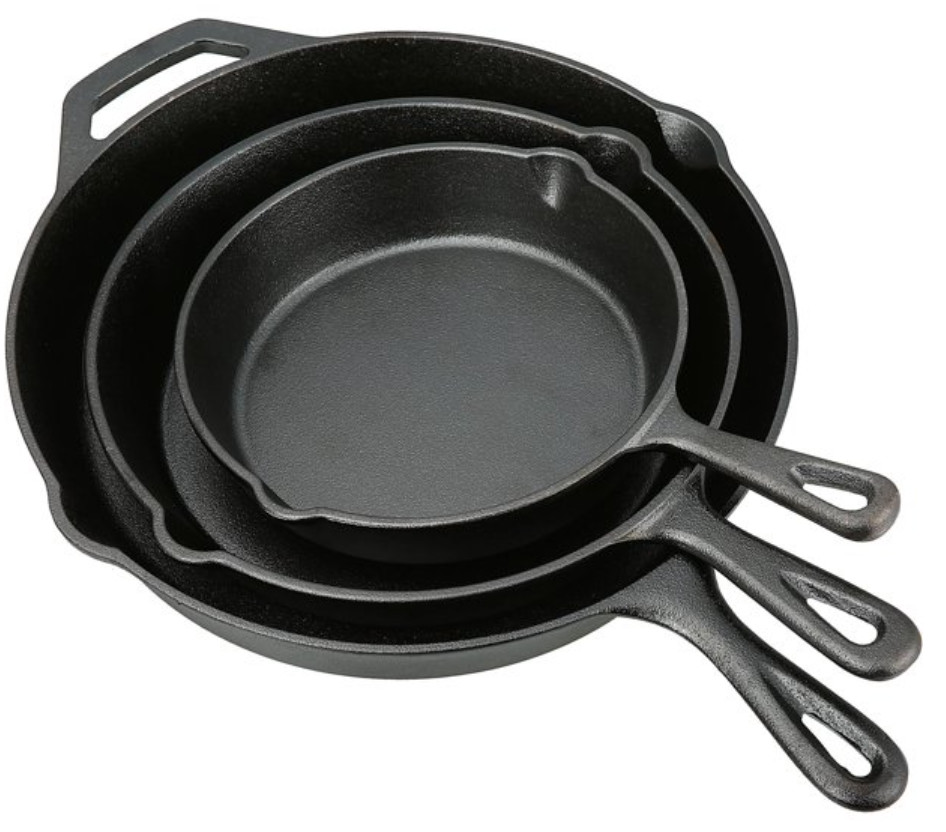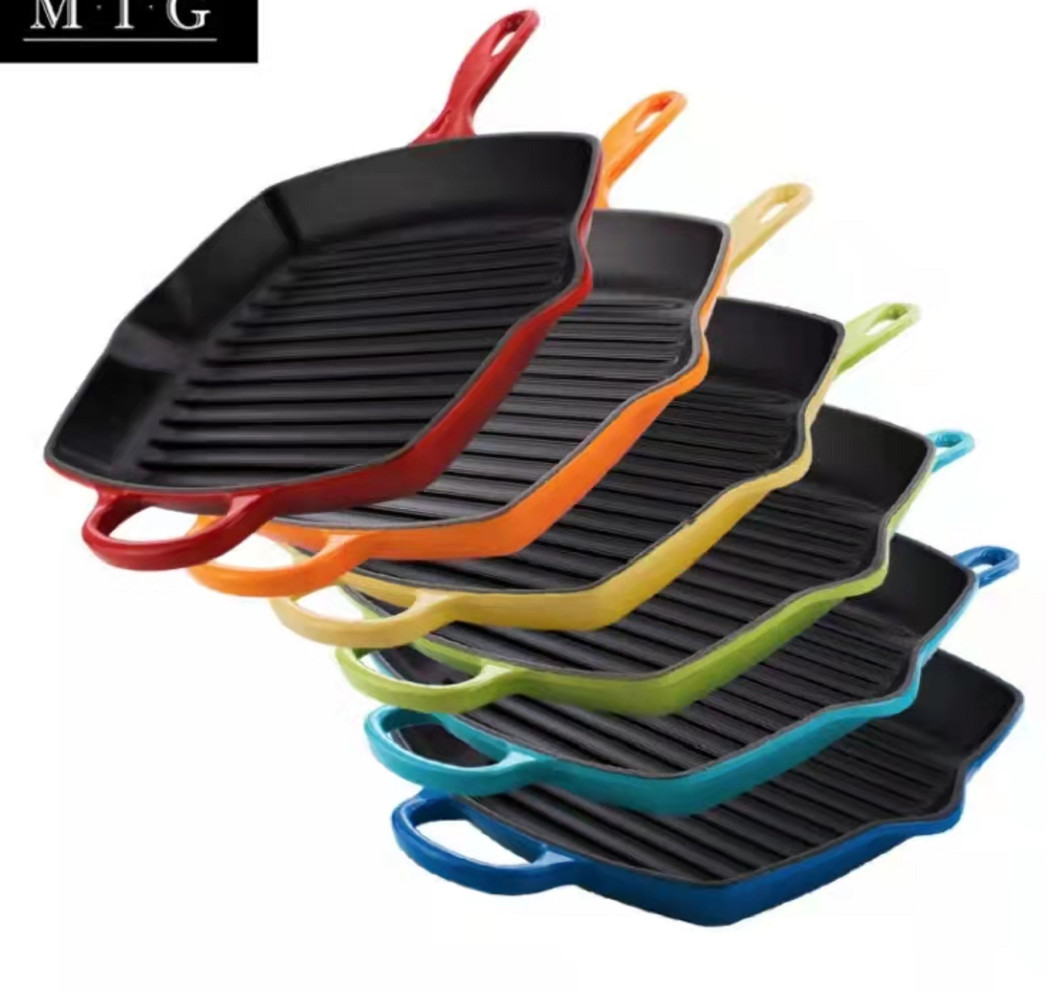- 150 مېتىر جەنۇبقا ، غەربىي دىڭۋېي يولى ، نەنلو يېزىسى ، چاڭئەن بازىرى ، گاۋچېڭ رايونى ، شىجياجۇاڭ ، خېبېي
- monica@foundryasia.com
ئىيۇن . 12, 2023 18:48 تىزىملىككە قايتىش
كاسات تۆمۈر بۇيۇملىرى دېگەن نېمە
قۇيۇلغان تۆمۈر قاچا-قۇچىلار:
قۇيۇلغان تۆمۈر قاچا-قۇچىلار ئېغىر تىپتىكى قاچا-قۇچىلار بولۇپ ، ئۇ تۆمۈردىن ياسالغان بولۇپ ، ئۇنىڭ ئىسسىقلىقىنى ساقلاش ، چىدامچانلىقى ، ئىنتايىن يۇقىرى تېمپېراتۇرىدا ئىشلىتىش ئىقتىدارى ۋە مۇۋاپىق تېتىغاندا تاياقسىز پىشۇرۇش قاتارلىقلار بار.
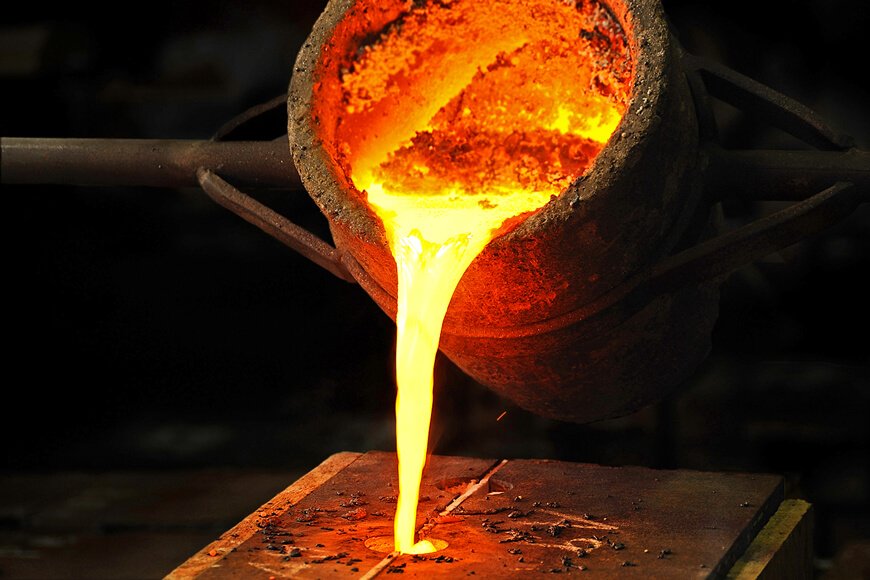
قۇيۇلغان تۆمۈر قاچا-قۇچىلارنىڭ تارىخى
In Asia, particularly China, India, Korea and Japan, there is a long history of cooking with cast iron vessels. The first mention of a cast-iron kettle in English appeared in 679 or 680, though this wasn't the first use of metal vessels for cooking. The term pot came into use in 1180. Both terms referred to a vessel capable of withstanding the direct heat of a fire. Cast-iron cauldrons and cooking pots were valued as kitchen items for their durability and their ability to retain heat evenly, thus improving the quality of cooked meals.
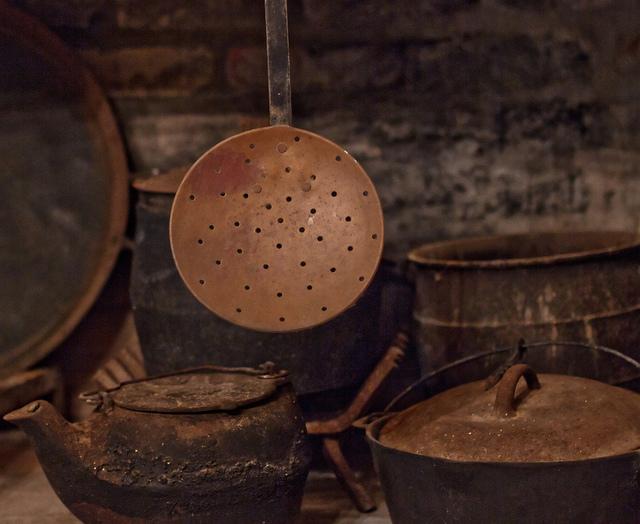
ياۋروپا ۋە ئامېرىكىدا ، 19-ئەسىرنىڭ ئوتتۇرىلىرىدا ئاشخانا ئوچاق يولغا قويۇلۇشتىن بۇرۇن ، ئوچاقتا تاماقلار پىشۇرۇلدى ، قازان ۋە قازانلار يا ئوچاقتا ئىشلىتىش ئۈچۈن لايىھەلەنگەن ، ياكى ئۇنىڭ ئىچىدە توختىتىلغان.
Cast-iron pots were made with handles to allow them to be hung over a fire, or with legs so that they could stand in the coals. In addition to Dutch ovens with three or four feet, which Abraham Darby I secured a patent in 1708 to produce, a commonly used cast-iron cooking pan called a spider had a handle and three legs allowing it to stand upright over campfires as well as in the coals and ashes of a fireplace.
پۇتى يوق ، تەكشى ئاستىدىكى قازان ۋە قازان قازانلىرى مودا بولغاندا مودا بولۇشقا باشلىدى. 19-ئەسىرنىڭ ئاخىرىدىكى بۇ مەزگىلدە تەكشىلىك بارلىققا كەلگەن
cast-iron skillet.
قۇيۇلغان تۆمۈر قاچا-قۇچىلار 20-ئەسىرنىڭ ئالدىنقى يېرىمىدا ئۆي ئىگىلىرى ئارىسىدا ئالقىشقا ئېرىشتى. ئۇ ئەرزان ، ئەمما چىداملىق ئاشخانا ئىدى. ئامېرىكىلىق ئائىلىلەرنىڭ كۆپىنچىسىدە كەم دېگەندە بىر تال تۆمۈر پىشۇرۇش تاختىسى بار.
20-ئەسىردە يەنە ئېمال سىرلانغان قۇيۇلغان تۆمۈر قاچا-قۇچىلار تونۇشتۇرۇلدى ۋە ئومۇملاشتۇرۇلدى.
Today, of the large selection of cookware that can be purchased from kitchen suppliers, cast iron comprises only a small fraction. However, the durability and reliability of cast iron as a cooking tool has ensured its survival. Cast-iron pots and pans from the 19th and 20th century continue to see daily use to the present day. They are also highly sought after by antique collectors and dealers. Cast iron has also seen a resurgence of its popularity in specialty markets. Through cooking shows, celebrity chefs have brought renewed attention to traditional cooking methods, especially the use of cast iron.
مۇھىم مەھسۇلاتلار
قۇيۇلغان تۆمۈر قاچا-قۇچىلارنىڭ تۈرى قورۇما قورۇمىسى ، گوللاندىيە ئوچاق ، كاۋاپدان ، ۋافون تۆمۈر ، پانىنى بېسىش ماشىنىسى ، چوڭقۇر قورۇما ، ۋوك ، فوندۇ ۋە قازان قاتارلىقلارنى ئۆز ئىچىگە ئالىدۇ.
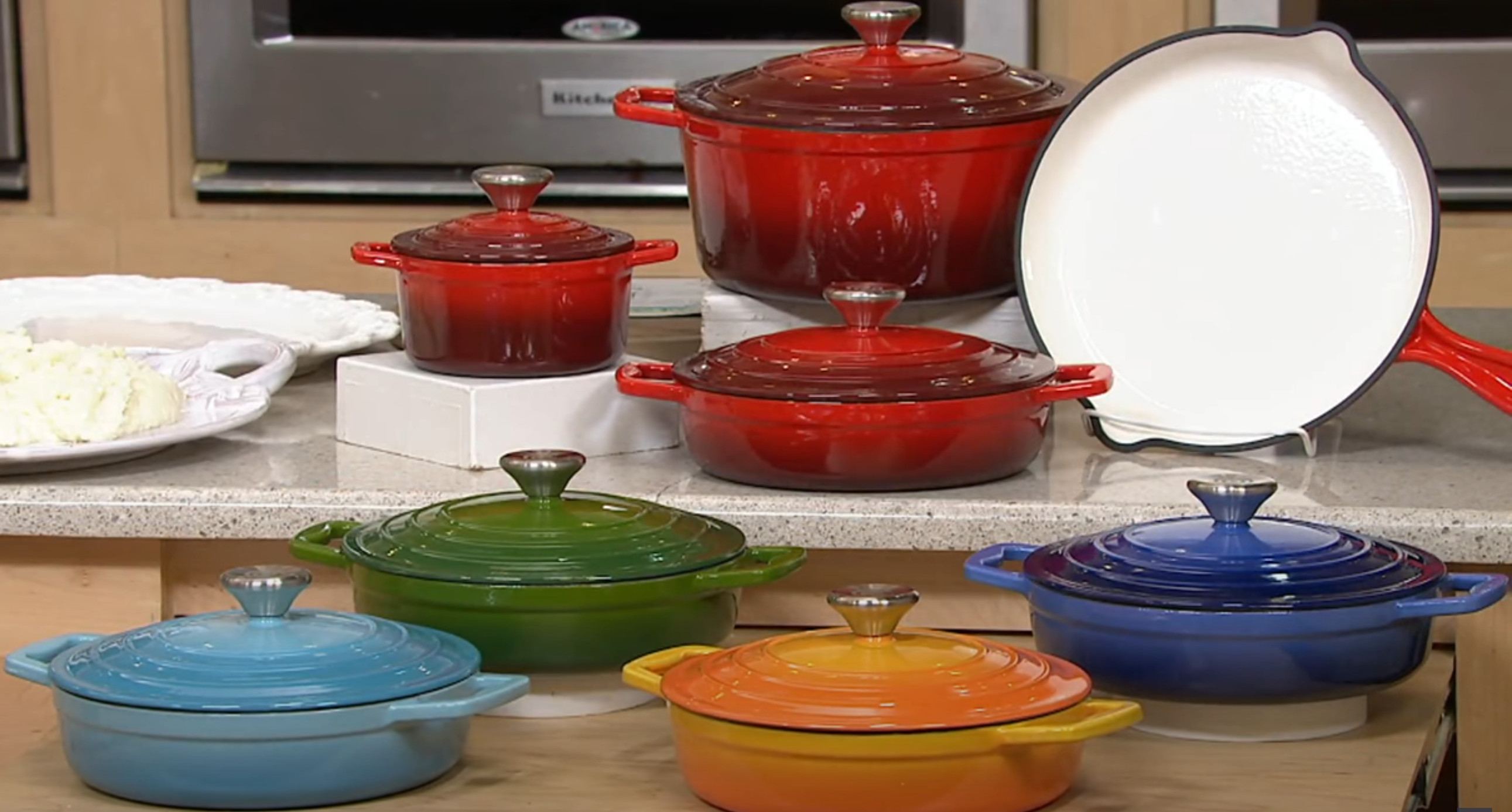
قۇيۇلغان تۆمۈر قاچا-قۇچىلارنىڭ پايدىسى
Cast iron's ability to withstand and maintain very high cooking temperatures makes it a common choice for searing or frying, and its excellent heat retention makes it a good option for long-cooking stews or braised dishes.
Because cast-iron skillets can develop a "non-stick" surface when cared for properly, they are excellent for frying potatoes or preparing stir-fries. Some cooks consider cast iron a good choice for egg dishes, while others feel the iron adds an off-flavor to eggs. Other uses of cast-iron pans include baking, for instance for making cornbread, cobblers and cakes.
Many recipes call for the use of a cast-iron skillet or pot, especially so that the dish can be initially seared or fried on the stovetop then transferred into the oven, pan and all, to finish baking. Likewise, cast-iron skillets can double as baking dishes. This differs from many other cooking pots, which have varying components that may be damaged by the excessive temperatures of 400 °F (204 °C) or more.
-
Product introduction of Changan Cast Iron Co., LTD
خەۋەرلەرJan.24,2024
-
The Impact of the Leidenfrost Effect on Non-Stick Properties of Cast Iron Titanium Coated Cookware
خەۋەرلەرJan.24,2024
-
ئاشپەزلىك بۆلۈنمىسى ئۈستىدە ئىزدىنىش —— تۆمۈر كاسسىرى ۋە دائىملىق كاسسىر
خەۋەرلەرJan03,2024
-
ئوراپ قاچىلاش سېخى تاۋار ۋە 3D ساقلاش بوشلۇقى بىلەن رەتلەنگەن
خەۋەرلەر29-دېكابىر
-
نىمكەش قۇيۇلغان ئېمال قازاننى تازىلاش تۆۋەندىكى باسقۇچلار بىلەن ئۈنۈملۈك ئېلىپ بېرىلسا بولىدۇ:
خەۋەرلەر27-دېكابىر
-
قۇيۇلغان تۆمۈرنىڭ ئېمال ماددىسىنىڭ مېتال قۇرۇلمىسى
خەۋەرلەر27-دېكابىر
